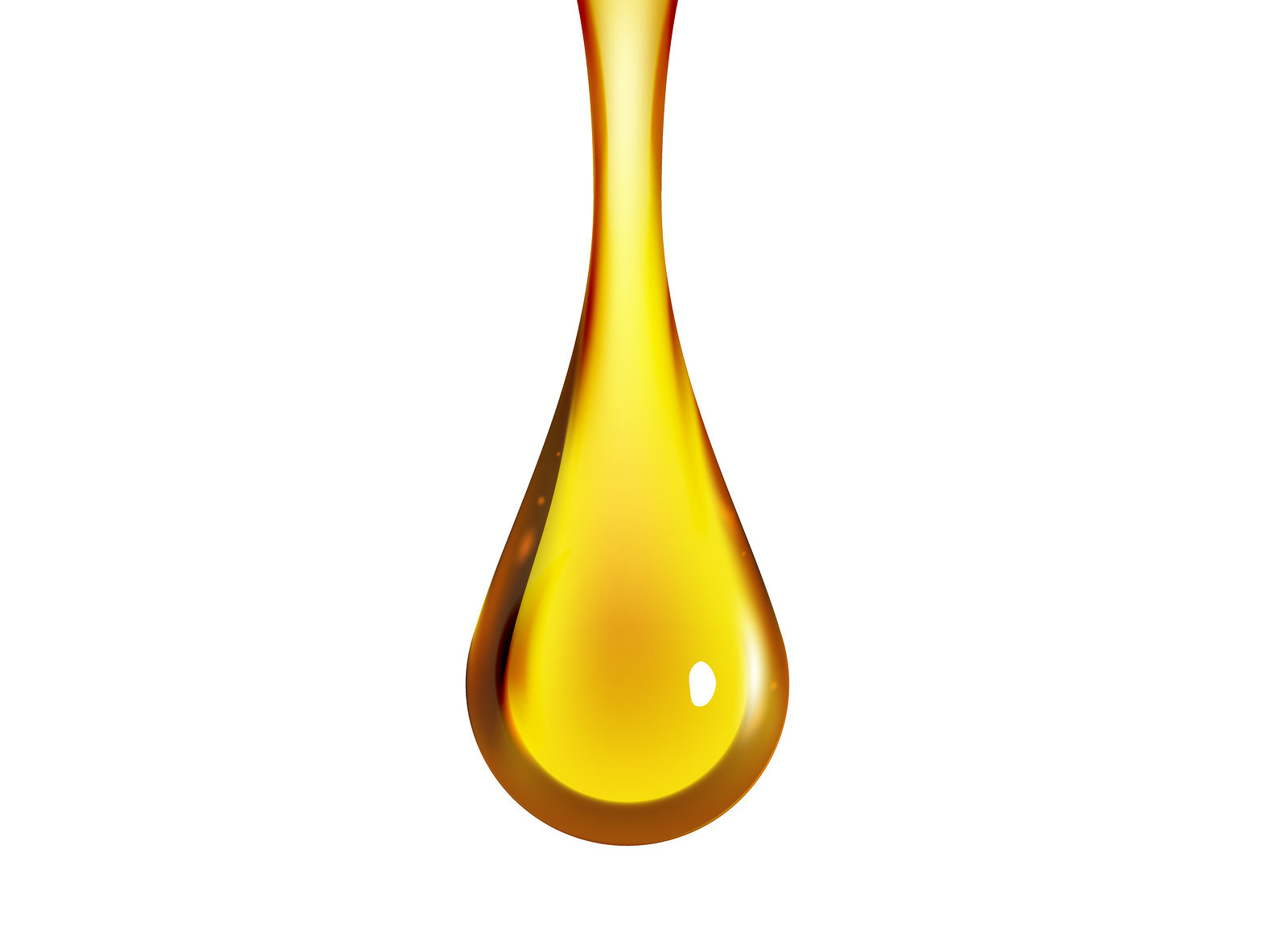WITH the dust settling after the recent decisions at the IMO’s MEPC meeting about the CO2 reduction goals for shipping, and of course the pending 2020 global sulphur cap and related noncompliant fuel carriage ban, the class society and consultancy DNV GL has issued a well timed white paper on alternative fuel selection.
The Norwegian/German organisation has been issuing a number of white papers and reports lately, highlighting its thoughts on how shipping, and global businesses will need to adapt under a growing range of regulatory, societal and environmental pressures.
In a press release the class society said that the global sulphur cap in 2020 which sees the upper limit of sulphur in fuel (when a scrubber is not being used) drop from 3.5% to 0.5% could be a gamechanger for the use of alternative fuels.
Trond Hodne, Senior Vice President, Sales & Marketing Director at DNV GL – Maritime says the white paper is set out to “offer a balanced assessment of the potential of these fuels and technologies going forward. We hope that by doing so we can add to the growing body of knowledge and enable investment decisions to be made with greater certainty and confidence.”
Fuels and power sources covered include LNG, LPG, methanol, biofuel, hydrogen, battery systems, fuel cell systems, and wind-assisted propulsion.
DNV GL sees the newbuilding market as a major driver for alternative fuel take up, while in the immediate years after 2020 mos vessels in service will switch to low sulphur conventional fuels or switch to using scrubbers to continue using (hopefully cheaper for those taking this route) high sulphur fuel oils-
Fathom.World































